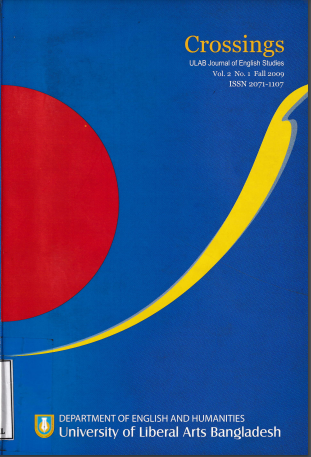The Paradoxical Hierarchy in Doris Lessing's The Grass , Is Singing
DOI:
https://doi.org/10.59817/cjes.v2i1.397Abstract
Doris Lessing (1919-), who received the Nobel Prize for Literature in 2OO1, depicts many aspects of postcolonial African life in a number of novels such as The Grass Is Singing, The Golden Notebook, etc. The Grass Is Singing (1950), Lessing’s first novel, draws a picture of country life in Southern Rhodesia in the 1940s mirroring the postcolonial ambivalence between the colonizers and the colonized in the former British colony. Living standard of the white settlers and their suppression of the black natives cause a dilemma of hierarchy between these settlers. The protagonist Mary, being white, cannot tolerate the native black people but cannot help being subjugated by one of the black houseboys, Moses. Mary’s death in the hands of Moses shows the sufferings of a woman who is torn between her social status and her surrounding conditions This paper attempts to illustrate how Mary becomes a victim.
Downloads
Published
How to Cite
Issue
Section
License
Copyright (c) 2009 Mohammad Shahidul Islam Chowdhury

This work is licensed under a Creative Commons Attribution 4.0 International License.
All articles published in Crossings are licensed under a Creative Commons Attribution 4.0 International License



